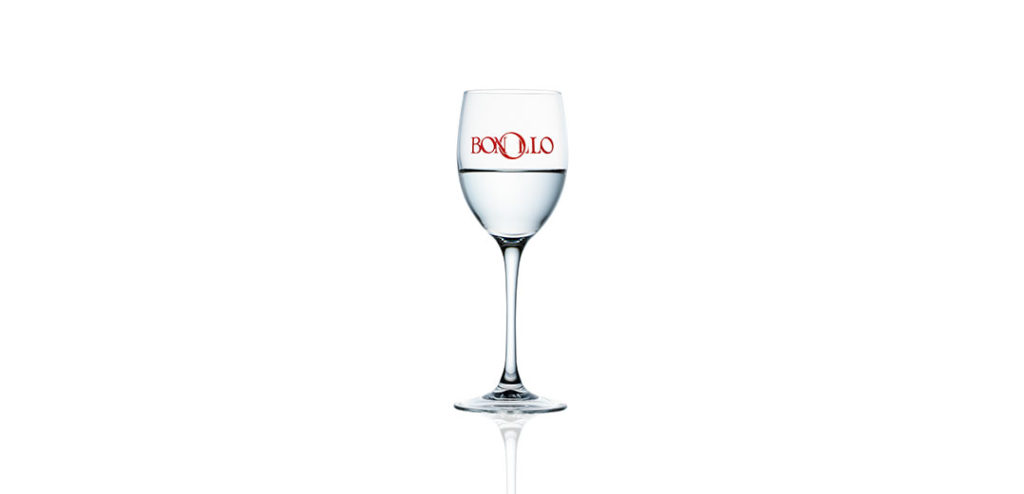According to a research by “Pambianco Strategie di Impresa”, the 2015 turnover of the top twenty Italian companies specialized in the production of grappa is equal to 223 million euros compared to 225 in 2014. If we add the grappas of the smaller companies and non-specialized companies (those belonging to companies whose main turnover is linked to other products such as Stock and Branca) the total turnover should reach € 300 million per year, with approx. 20,000,000 bottles produced.
The distillate symbol of Italy would have excellent growth prospects related to exports, but the situation of the main companies in the sector is static, conditioned by the weakness of the internal market and its still dominant weight. There is also a very fast and dispersive production structure with over 140 distilleries, characterized by small numbers, with few important groups and many micro-distillers that appear to be in difficulty towards foreign markets.
There are only about ten companies that boast a turnover of at least € 10 million:
… Distillerie Bonollo di Formigine (MO), with a turnover of 33 Mn / €,
… Bonollo Umberto di Maestrino (PD), 33 Mn / €,
… Franciacorta Distillery, 27 Mn / €,
… Francoli, 24 Mn / €,
… Male Bonaventure, 19 Mn / €,
… Marzadro, 18 Mn / €,
… Nonino, 13 Mn / €
… Berta, 12 Mn / €
… Castagner, 11 Mn / €
… Nardini, 10 Mn / €
Seen positively, the situation of grappa is improving and the product now seems ready, from a qualitative point of view, to compete abroad with its most illustrious competitors such as whiskey, cognac and rum. According to data provided by Istat and revised by Assodistil, exports in 2016 increased by 5.2% and Elvio Bonollo, president of the National Grappa Institute, highlights the progress achieved in Russia and Eastern Europe, + 35% in the last six years, become a new reference point for exports in addition to the traditional German-speaking markets, which excel in Europe.
https://www.beverfood.com/mercato-grappe-140-distillerie-300-mn-fatturato-cui-25-all-estero-wd90003/

